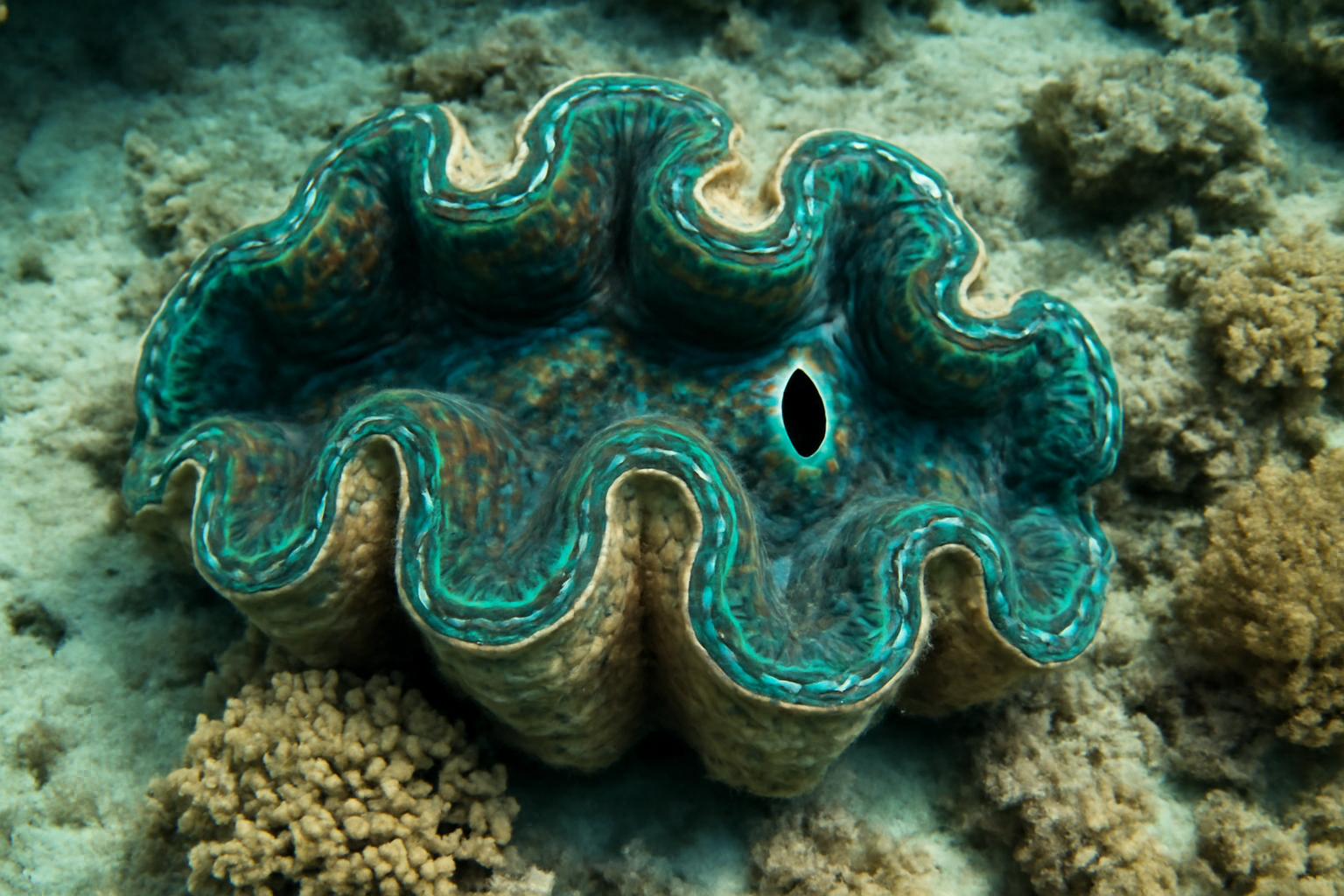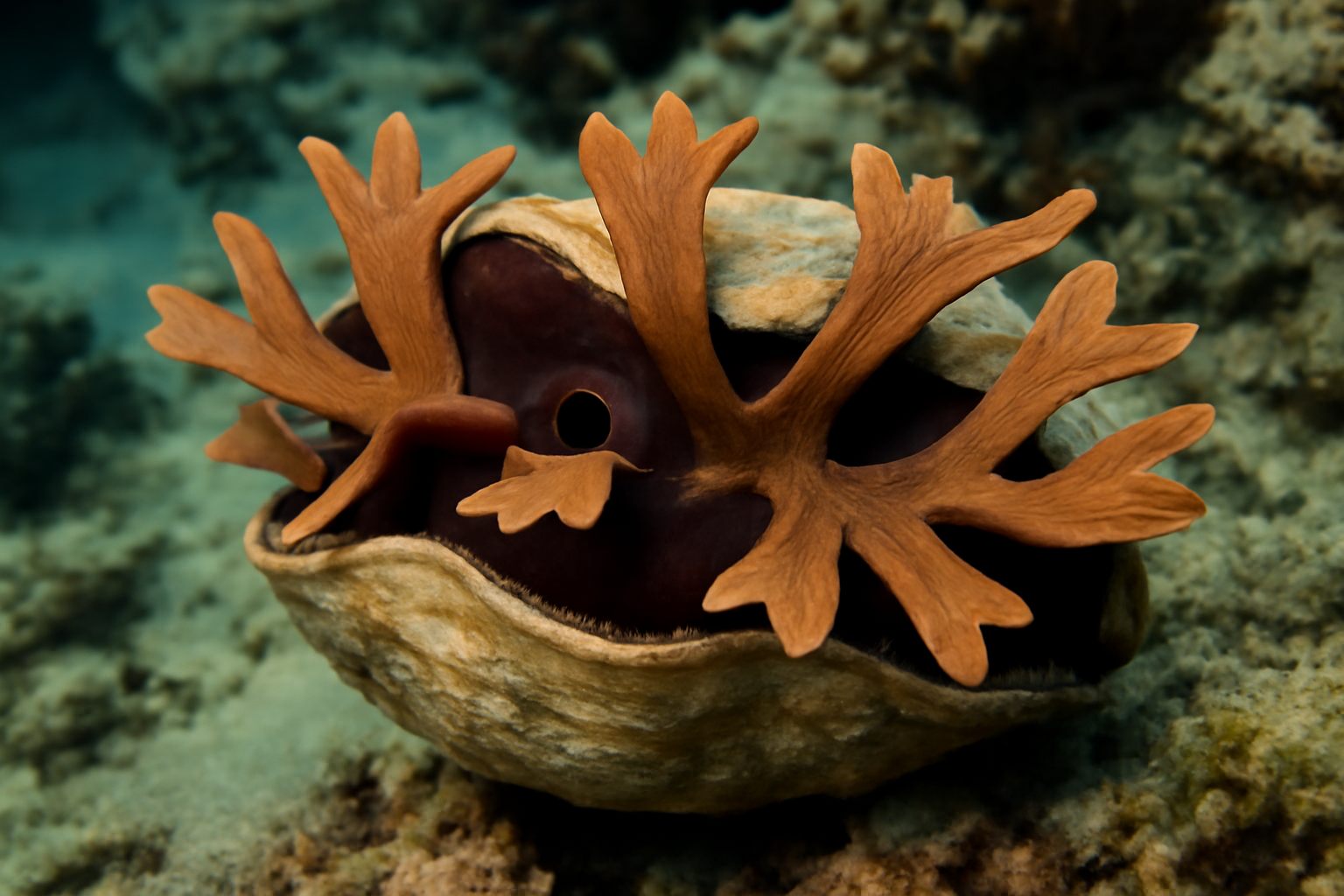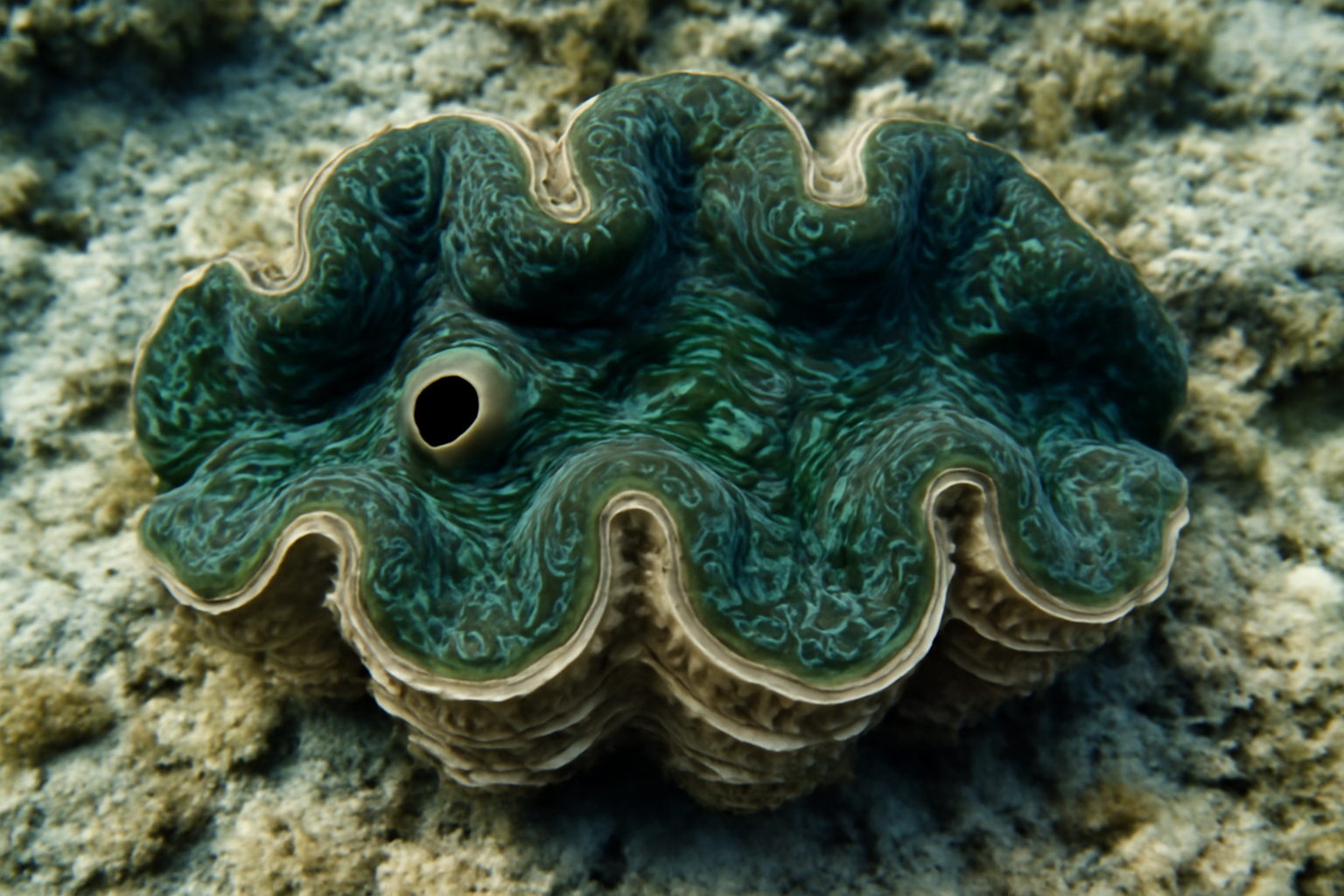Giant Clams [Tridacna]

Description
Tridacna is the most well-known genus within the family Tridacnidae, often referred to as giant clams. These bivalve mollusks are recognized for their substantial size, with some species being the largest extant bivalve species in the world. Tridacna clams are characterized by their symbiotic relationship with photosynthetic algae (zooxanthellae) which live in their tissues. This relationship enables the clams to obtain nutrients produced by the algae through photosynthesis. They are found in shallow coral reefs of the Indo-Pacific region and are important contributors to the reef ecosystem, providing habitat and contributing to the reef structure. Over-harvesting for food, aquarium trade, and habitat destruction have threatened their populations, leading to conservation efforts.
Species

Elkhorn Clam [Tridacna costata]
View Details
Southern Giant Clam [Tridacna derasa]
View DetailsTaxonomy
| Phylum |
Mollusks
Mollusca
|
|---|---|
| Class |
Clams, Oysters, and Scallops
Bivalvia
|
| Order |
Clams
Veneroida
|
| Family |
Giant Clams
Tridacnidae
|
Statistics
- Species 2